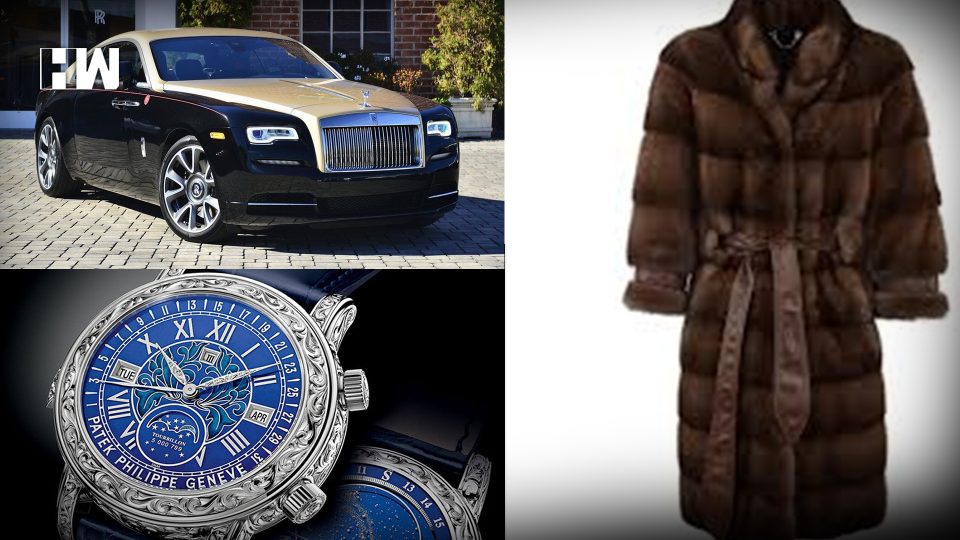It all started with the slowdown in the real estate sector a couple of years ago, aided by the effects of demonetisation. The highly cash dependent sector witnessed a sudden, sharp decline of sales as soon as the cash element was taken out of the picture. The real estate sector or the construction industry is one of the core industries in India with many other sectors such as steel and cement also dependent on it, besides the livelihood of millions of workers in the form of employment also hitch their wagons to the sector. While the intention of demonetisation may have been bonafide, we thought that if its implementation may have been less sudden and more in a phased manner, maybe the economy, and especially the construction industry may have absorbed its effects more efficiently. The sector is still under pressure till date, and a combination of the note ban, regulatory amendments (such as RERA), stalled projects and general economic conditions, have all contributed to its downfall.
It all started with that industry. Then, the MSME sector began to give way, with many job losses, and small and medium scale industries shutting shop. FMCG, Banking and the NBFC sector followed suit. We were then greeted with more gloom and doom, as numbers, such as slowing GDP growth, fresh investments, tax collections, core sector growth, exports etc. were all at multi year lows. The only thing that seemed to be on the rise was unemployment.
Most recently, the troubles of the auto sector began emerging. With declining sales, came job losses and factory shutdowns, which in turn led to auto ancillary units, dealers, vendors, tyre manufacturers, steel companies and many more feeling the pinch.
The contagion effect is now in full swing. The most recent casualty of the slowdown is the luxury segment. I’m talking about luxury cars, watches and apparel makers. Ultra luxury car makers such as Rolls Royce and Bentley have come under pressure from the slowdown that has gripped the country. Navnit Motors, which is the authorized dealers for Rolls Royce, and had a decade long tie up with them, has finally called off its partnership due to dwindling sales. Showrooms across the country have been shutting down. The director of Navnit Motors, Sharad Kachalia, said that they only managed to sell about 10 cars in Mumbai in the last two years, a big drop from the 40 or so cars sold in 2011. Showroom rentals, salaries, overheads and operational costs which total a mammoth ₹ 60 lakhs a month became unsustainable and hence they had to shut shop.
Its rivals, another luxury car maker, Bentley, saw sales decline by 20% due to sluggish business environment and muted sentiment.
Luxury watch makers have not fared any better. Richemont Group has pulled out watch brands such as Vacheron Constantin and Piaget from the country for now. Pratik Dalmia, the founder of an ultra luxury watch maker, who sells watches at an average price point of 40 lakhs, said that while he sold 25 such watches last year, he could only manage to sell 15 such watches this year. He hopes, however, that demand would pick up during the festive season.
Darshan Mehta, the President and CEO of Reliance Brands, which owns luxury brands such as Ermenegildo Zegna, Canali, Burberry, Giorgio Armani and others, expressed his concerns about the state of the economy and value erosion in the stock markets. However, he made a very interesting comment when he said that these days there seems to be caution when purchasing expensive items for fear of the taxman watching. Also, due to increased overseas travel, people tend to purchase such items abroad where they get better deals, taxes are less on luxury items, and away from the prying eyes of the tax officials.
What is most interesting to note is that this downturn in sales of luxury items has nothing to do with the number of wealthy people out there. In fact, a wealth index report by wealth managers IIFL for the year 2018 showed that there was a growth of 40% in India’s high net worth individuals in the last five years, which is much better than those seen in our rival economies.

What this tells us is that despite the number of wealthy people increasing year after year, the amount of luxury purchases have been decreasing. The slowdown has taken a toll on sentiment of the people, who are scared to make discretionary spends (luxury items of course being the most non essential cost a household incurs and hence have taken a bad beating).
To begin with, the downturn affected the low income group. Farmer distress, MSME sector distress, unemployment etc. Currently, however, with the contagion effect spreading, it seems to have permeated to every strata of the economy, with the rich and famous feeling it as well.
How long do you think the government can ignore it now?
As an independent media platform, we do not take advertisements from governments and corporate houses. It is you, our readers, who have supported us on our journey to do honest and unbiased journalism. Please contribute, so that we can continue to do the same in future.

